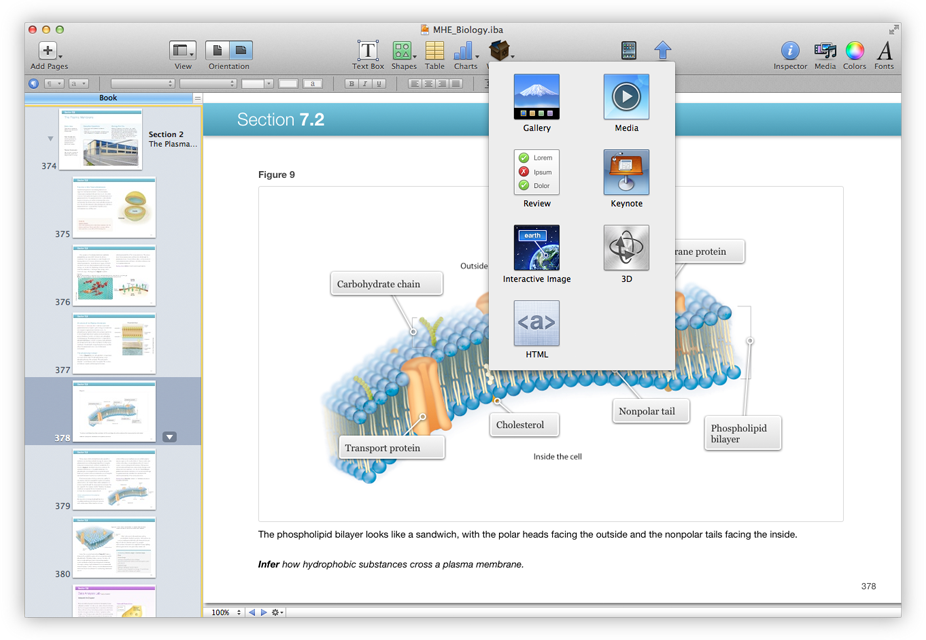
Across the education landscape, student text messaging is a bone of contention among teachers. It’s not an issue in the lower grades because most K-5 schools successfully ban cell phones during school hours. Where it’s a problem is grades 6-12, when teachers realize it’s a losing battle to separate students from their phones for eight hours.
The overarching discussion among educators is texting’s utility in providing authentic experiences to students, the type that transfer learning from the classroom to real life. Today, I’ll focus on a piece of that: Does text messaging contribute to shortening student attention span or destroying their nascent writing ability
Let’s start with attention span. TV, music, over-busy daily schedules, and frenetic family life are likely causes of a student’s short attention span. To fault text messaging is like blaming the weather for sinking the Titanic. Texting has less to do with their inability to spit out a full sentence than their 1) need for quickness of communication, 2) love for secrecy, and 3) joy of knowing a language adults don’t.

The computer company, Apple, whom you may have heard of from such products as the iPhone, iPad and iPod, made an announcement in the Big Apple on the 19th of January 2012 that has started to create waves in the education system in the States – waves that will likely ripple across the pond to us in the UK.
What was the announcement?
Well, there were two main parts:
1. a new online bookstore selling interactive electronic-textbooks
2. iBooks Author, a tool that allows anyone to create their own electronic-books (e-books) for sale in this new bookstore.

A community-driven platform for showcasing the latest innovations and voices in schools
Pioneer House
North Road
Ellesmere Port
CH65 1AD
United Kingdom